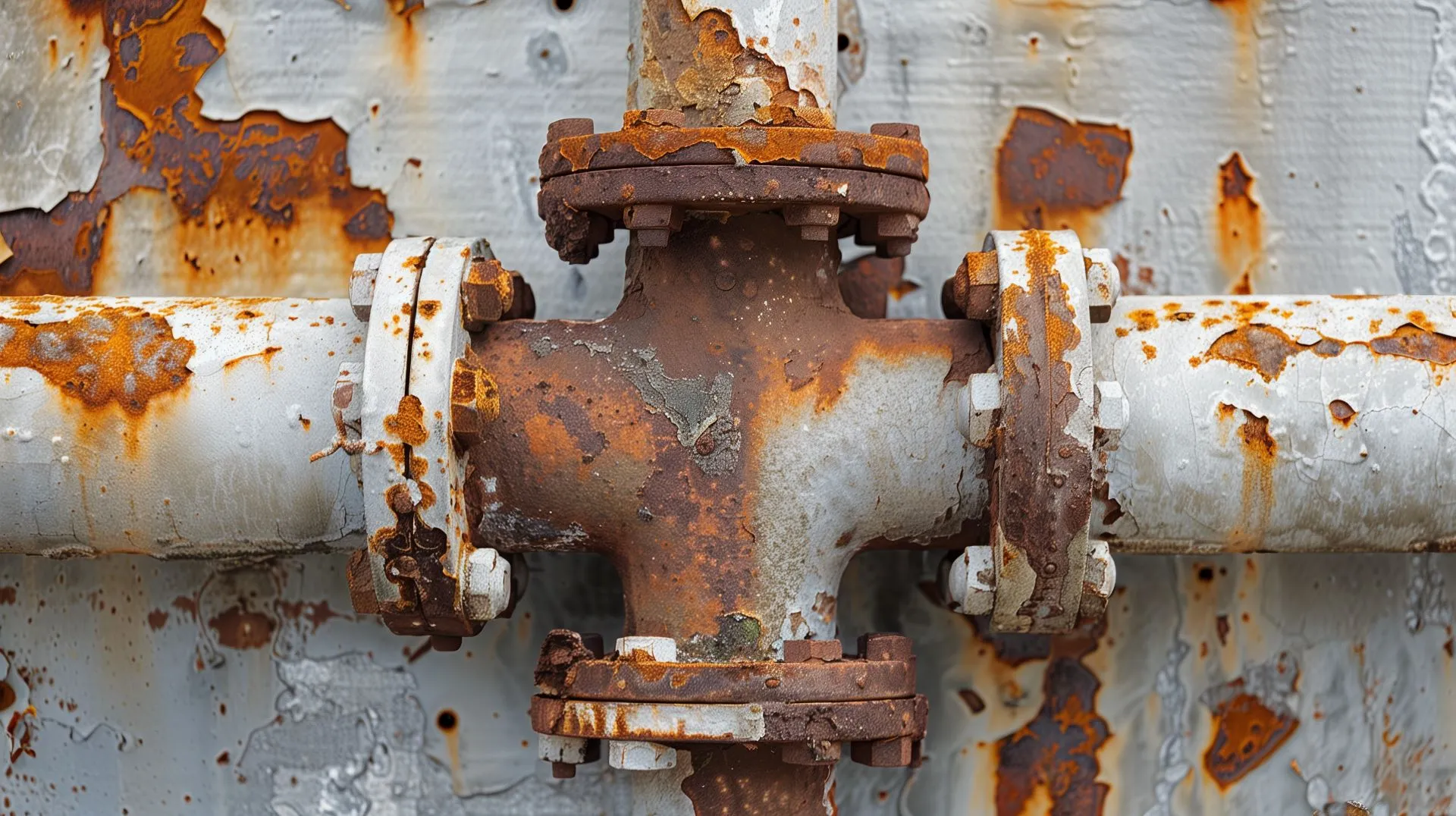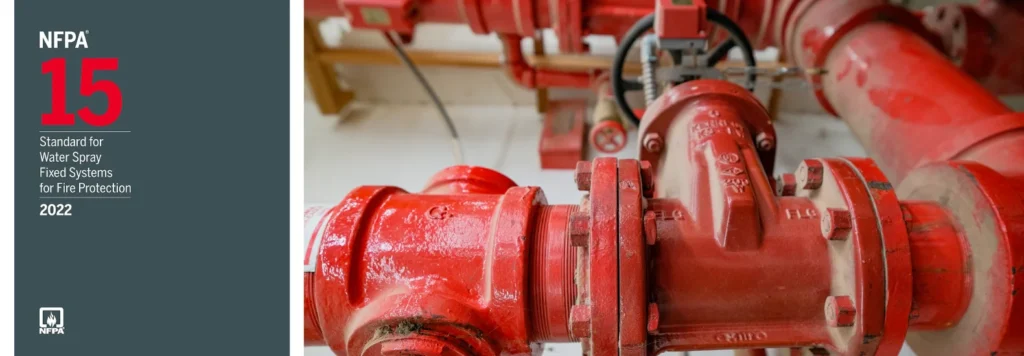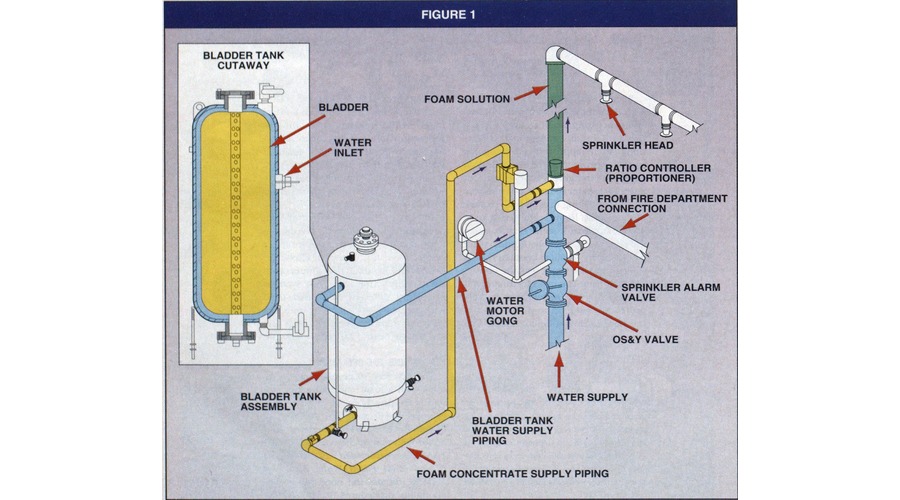

Galvanic Corrosion:
Causes, Prevention, and Testing
Introduction
Galvanic corrosion (GC) is a common and significant issue in various industries, affecting the longevity and integrity of metal structures. Understanding its causes, impacts, and prevention methods is crucial for maintaining the durability of metal assemblies. Especially when differing metals are involved. We’ll jump into what GC is. How it occurs, why it is harmful, and how it compares to Microbiologically Influenced Corrosion (MIC).
What is Galvanic Corrosion?
It is when two different metals are in electrical contact in the presence of an electrolyte. Like water. This electrochemical process leads to the more anodic metal corroding at an accelerated rate. While the more cathodic metal remains largely protected.
How is it Caused?
GC occurs due to the electrochemical potential difference between two dissimilar metals connected in an electrolytic environment. When these metals are in contact, electrons flow from the anodic metal (more reactive) to the cathodic metal (less reactive), resulting in the anodic metal’s accelerated deterioration.
Why is Galvanic Corrosion Harmful?
it is harmful because it can lead to the premature failure of metal components, reducing their structural integrity and lifespan. This can result in costly repairs, replacements, and even catastrophic failures in critical applications such as bridges, pipelines, and marine structures.
Comparison to MIC Corrosion
Microbiologically Influenced Corrosion (MIC) differs from GC because microorganisms cause it. While electrochemical reactions between metals drive GC, biological factors like bacteria and fungi influence MIC. Both types of corrosion can cause significant damage, but their mechanisms and preventive measures differ.
Galvanic Corrosion vs. Microbiologically Influenced Corrosion
| Aspect | Galvanic Corrosion | Microbiologically Influenced Corrosion |
|---|---|---|
| Cause | Electrochemical reaction between dissimilar metals | Biological activity by microorganisms |
| Environment | Requires an electrolyte (e.g., water) | Can occur in various environments, often involving water or soil |
| Prevention | Isolation of metals, use of compatible materials, coatings | Biocides, material selection, environmental control |
| Detection | Visual inspection, electrical measurements | Microbiological testing, corrosion rate monitoring |
Galvanic Corrosion FAQS
Conclusion
Understanding and preventing galvanic corrosion is essential for the longevity and safety of metal structures. Especially when dissimilar metals are involved. By implementing effective prevention strategies and regularly conducting GC testing. You can mitigate the risks and ensure the durability of your assets. Always consult with professionals for tailored solutions to your specific corrosion challenges.




